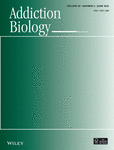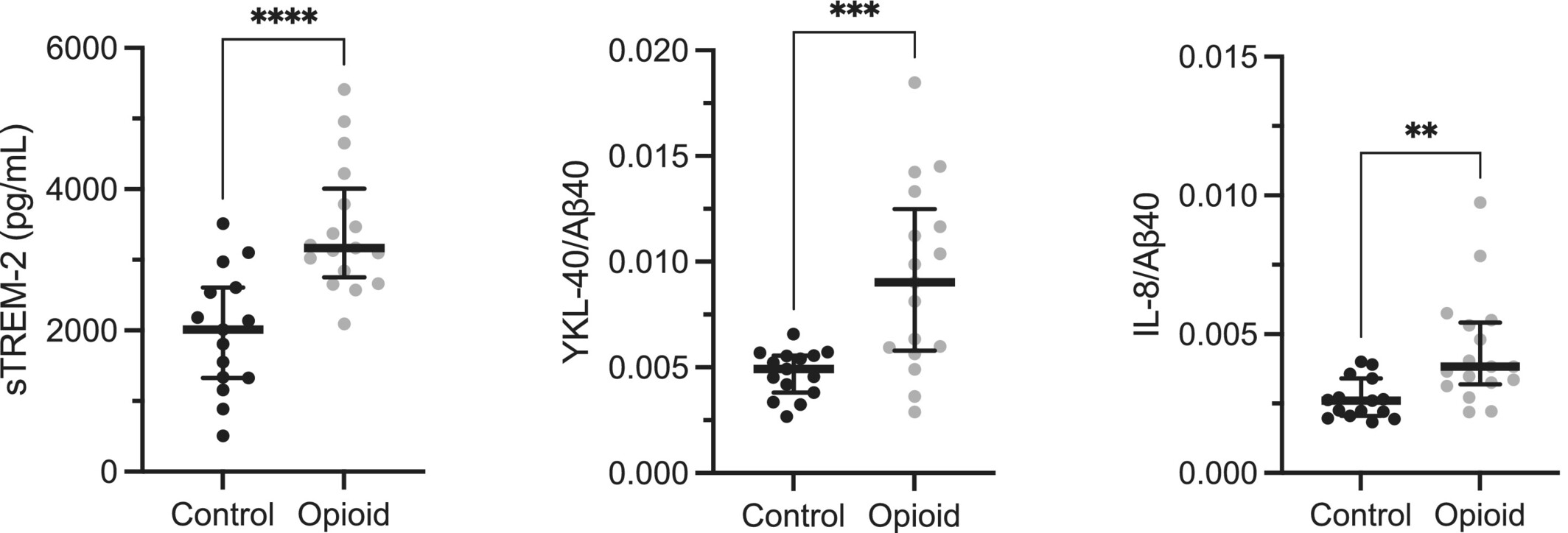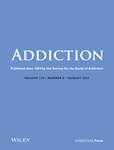Journal list menu
Export Citations
Download PDFs
ISSUE INFORMATION
ORIGINAL ARTICLE
Alcoholic Hepatitis in a Japanese Hospital: Losing Contact With Some Patients After Delirium Tremens May Lead to Missed Critical Events
- First Published: 02 June 2025
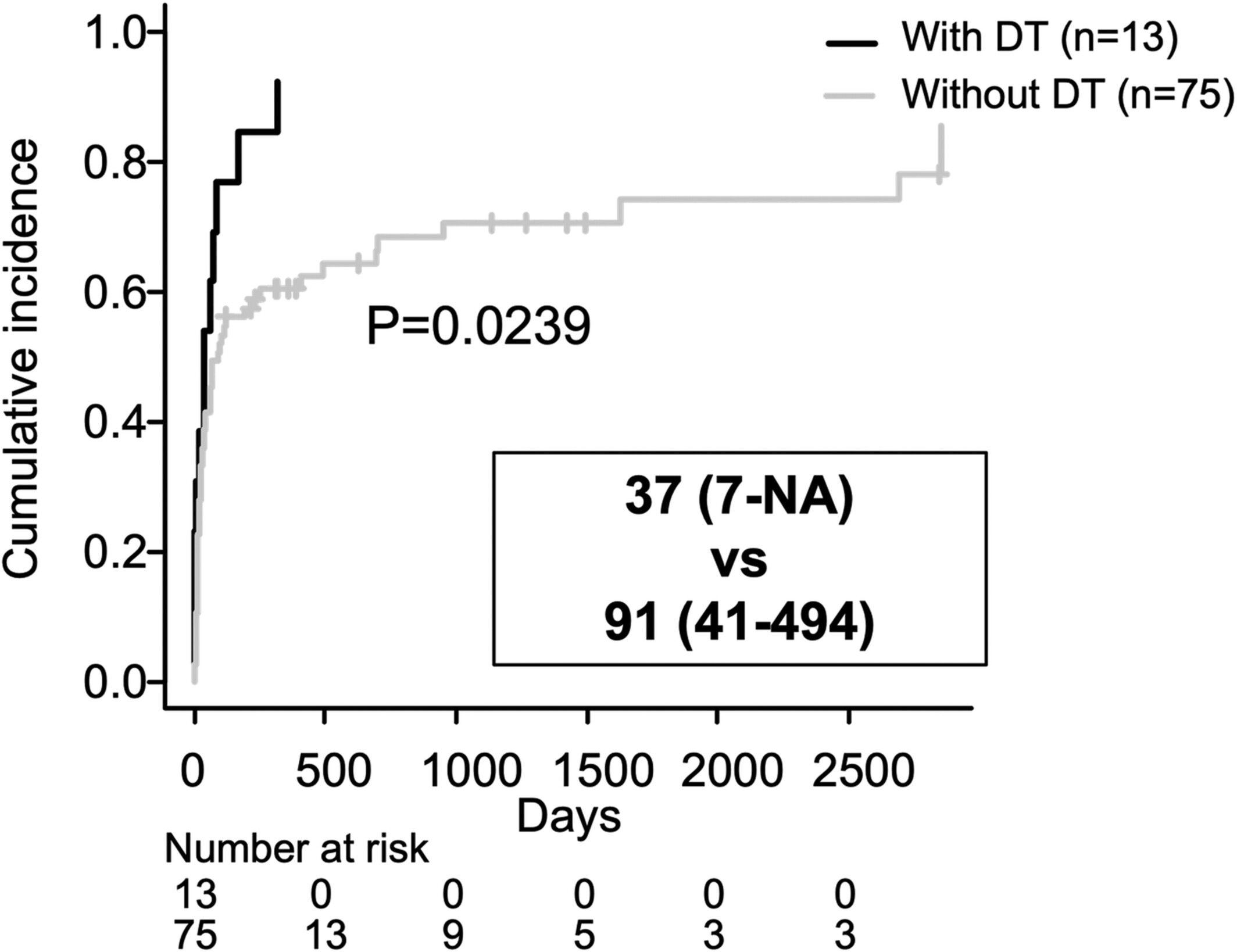
In a Japanese hospital without psychiatric support, 15% of alcoholic hepatitis patients developed delirium tremens (DT), which shortened follow-up. Prophylactic oral benzodiazepines were safe and significantly reduced the risk of DT. Integrated care models are needed to prevent missed critical events and relapses after discharge.
Cerebrospinal Fluid Biomarkers in Opioid Dependence: Evidence of Neuroimmune Activation and Ion Composition Changes, Without Alteration in Orexin-A
- First Published: 02 June 2025
Exploring Post-Retrieval Strategies to Reduce Drug Craving in Methamphetamine Use Disorders
- First Published: 19 June 2025

To assess post-retrieval interventions for MUD, a single-blind study randomised participants into three groups: (1) retrieval-no intervention (R), (2) retrieval-extinction (R-E) and (3) retrieval-cognitive task (R-CT). Results demonstrated that G2 (R-E) significantly reduced drug cravings compared to G1, with sustained lower cravings during spontaneous recovery at the 1-month follow-up. G3 (R-CT) also exhibited craving suppression in subsequent tests.
Longitudinal and Concurrent Changes in Brain and Gut due to Morphine Self-Administration
- First Published: 10 June 2025
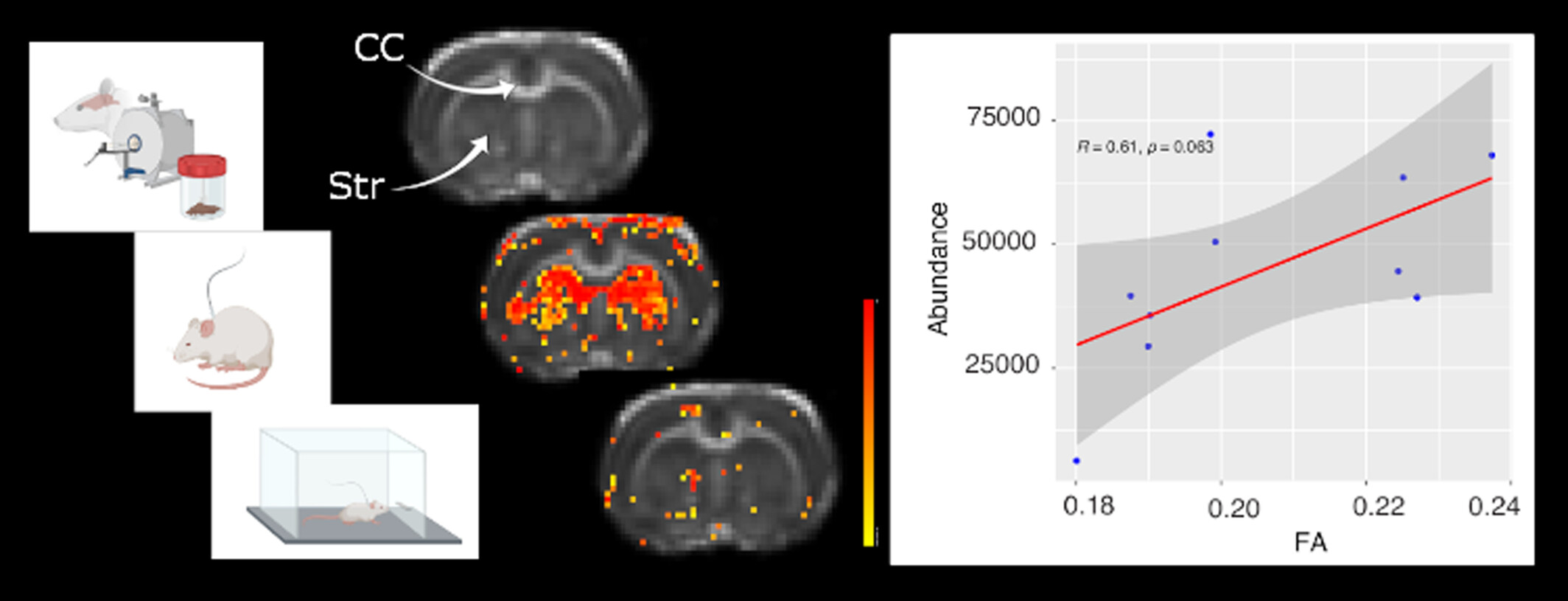
With this work, we present evidence of longitudinal changes in the brain and gut microbiome following morphine use. We used a within-subjects design to show that chronic administration of morphine alters 1) the striatum microstructure using MRI, 2) gut microbiome diversity derived from fecal samples, and 3) these changes are correlated to each other. Our findings further show evidence of gut-brain bi-directional communication, and this signal may be an important biological mechanism mediating the use and misuse of opioids.
The GPR88 Agonist RTI-122 Reduces Alcohol-Related Motivation and Consumption
- First Published: 19 June 2025

In mice, RTI-122, a GPR88 agonist, reduced alcohol consumption in a two-bottle choice paradigm, which was prevented by Gpr88 knockout. In rats, RTI-122 decreased alcohol self-administration, reduced breakpoints in progressive ratio tasks with and without quinine adulteration and attenuated yohimbine-induced reinstatement. These findings suggest RTI-122 reduces alcohol drinking and motivation through GPR88 activation, positioning it as a promising lead for the development of new alcohol use disorder treatments.
Deep Transcranial Magnetic Stimulation in Patients With Opioid Use Disorder: A Double-Blind, Placebo-Controlled Randomized Trial
- First Published: 19 June 2025
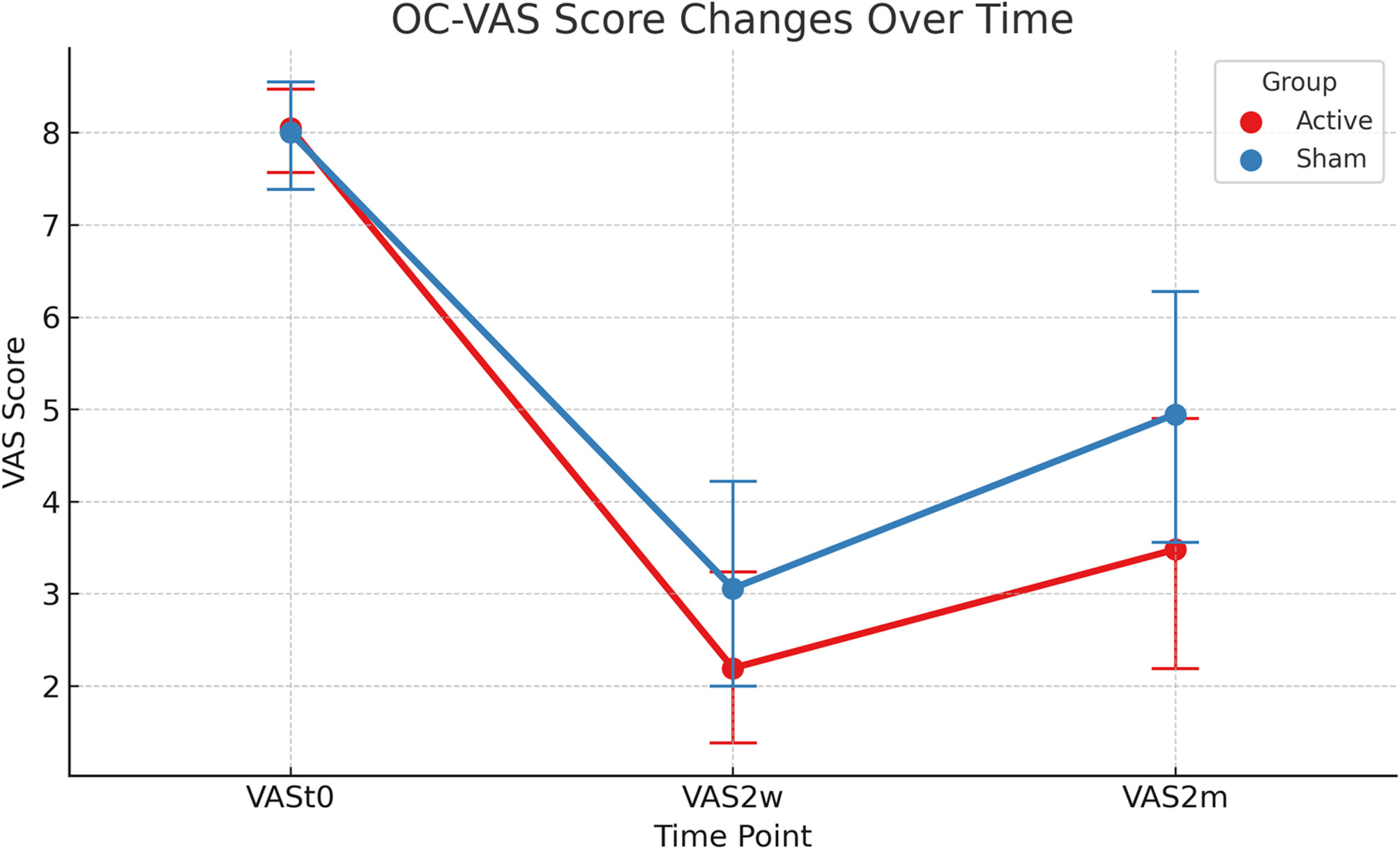
This randomized controlled trial evaluated the efficacy of accelerated wide-volume deep TMS using a double-cone coil in patients with opioid use disorder. Although no statistically significant improvements were observed, the active group showed a trend toward reduced craving and stable buprenorphine-naloxone doses compared to the sham group. The findings highlight the need for larger trials targeting alternative brain regions.
Protein Associations With Alcohol Consumption and Genetic Risk for Alcohol-Related Sociomedical Conditions
- First Published: 25 June 2025
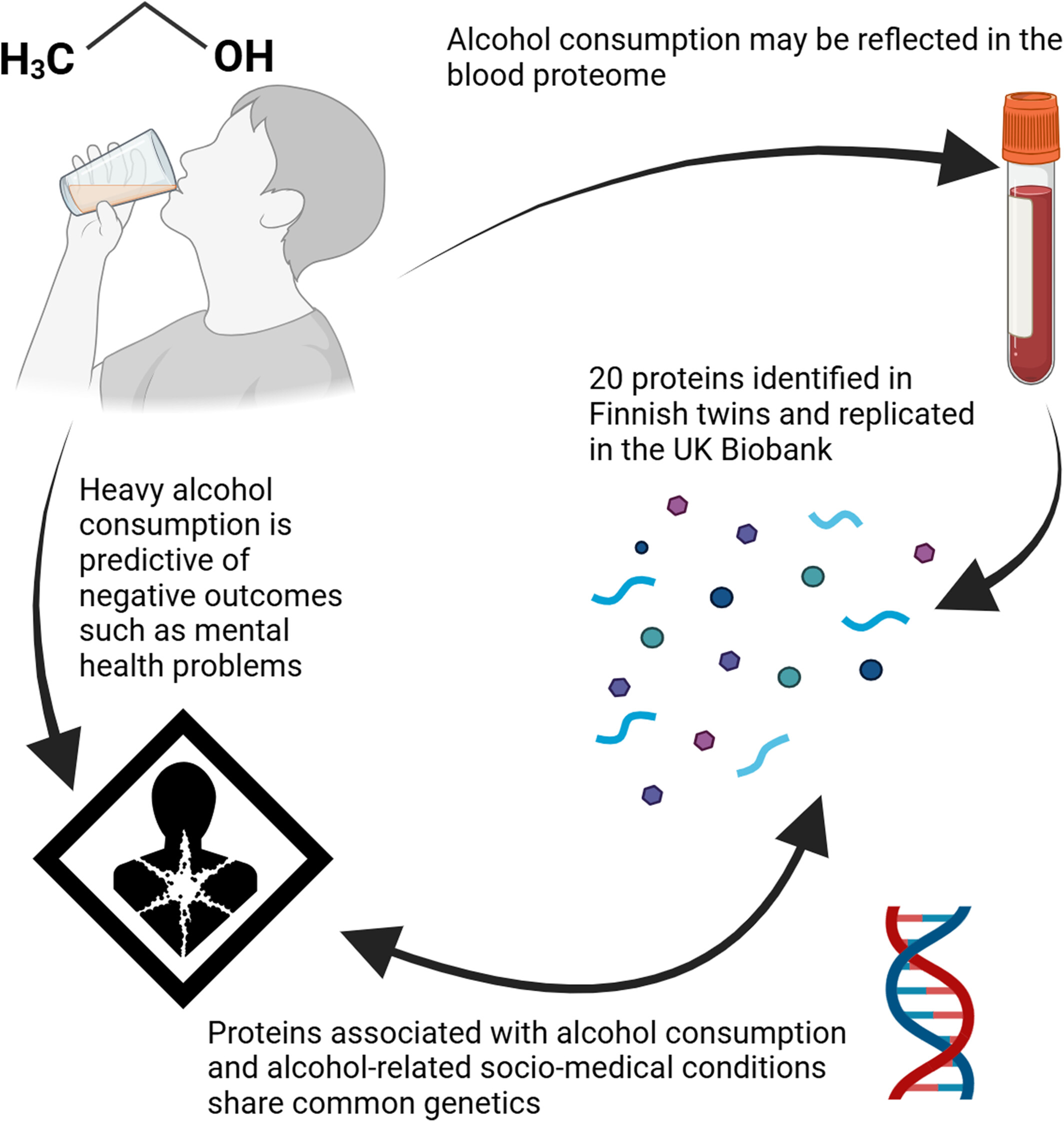
This study identified blood proteins associated with alcohol consumption in Finnish twins, with all findings replicated in the UK Biobank. Using polygenic risk scores and twin models, we found that some proteins shared genetics with major depressive disorder, while others remained associated with alcohol consumption independently of genetic effects. These insights may aid biomarker discovery.
Metabolic Alterations in Human Post-Mortem Frontal Cortex and Cerebrospinal Fluid Associated With High Levels of Nicotine Metabolite Cotinine
- First Published: 20 June 2025
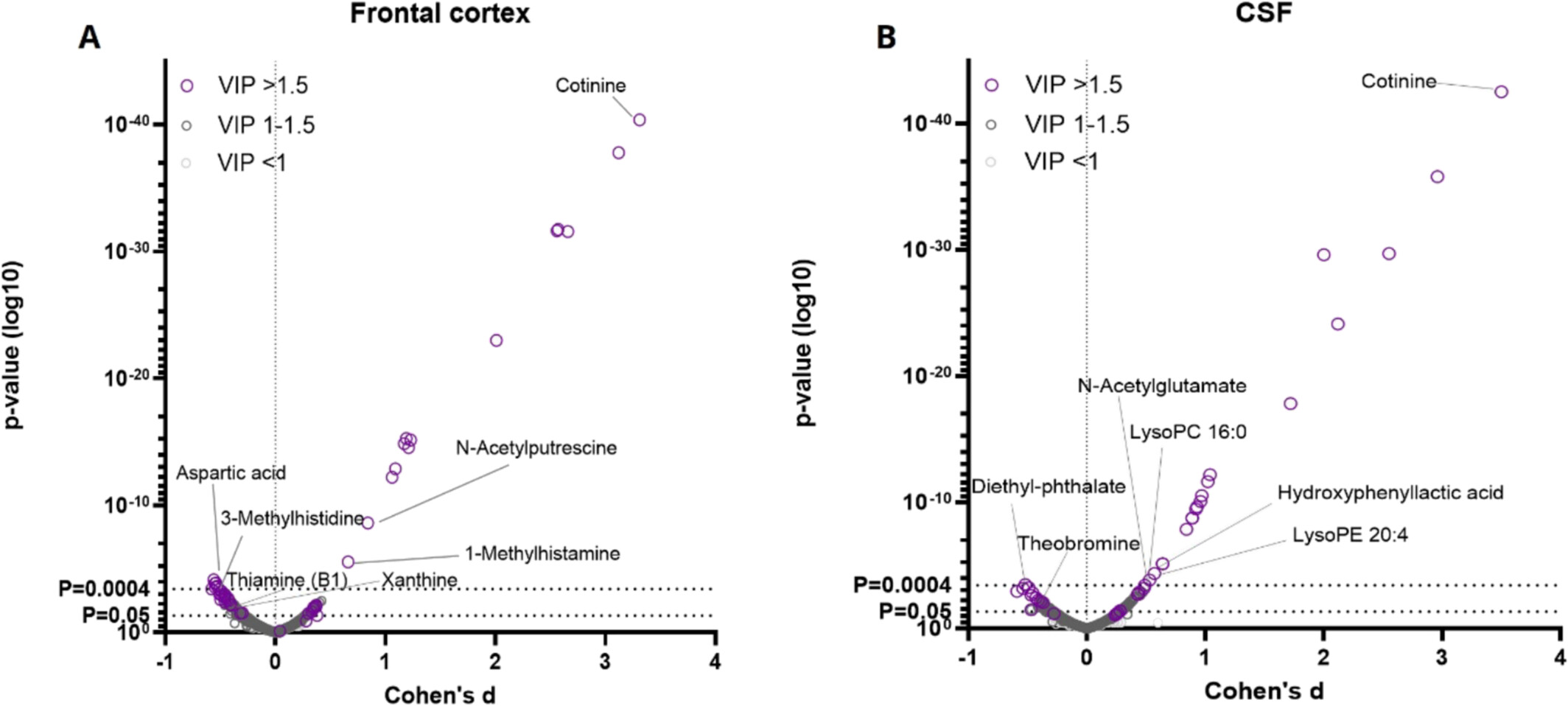
A metabolic profile associated with high levels of the nicotine metabolite cotinine was measured from human postmortem frontal cortex and cerebrospinal fluid samples using non-targeted metabolomics. Key findings were significantly higher levels of 1-methylhistamine and N-acetylputrescine, and lower levels of aspartic acid, 3-methylhistidine and taurine in the frontal cortex samples of cases compared with controls. The metabolite profile found is linked to increased oxidative stress and neuroinflammation, as well as lower neurotransmitter levels.
Transient Elastography Increases Readiness for Change in Inpatients With Alcohol Use Disorder: The ELISA Pilot Study
- First Published: 23 June 2025
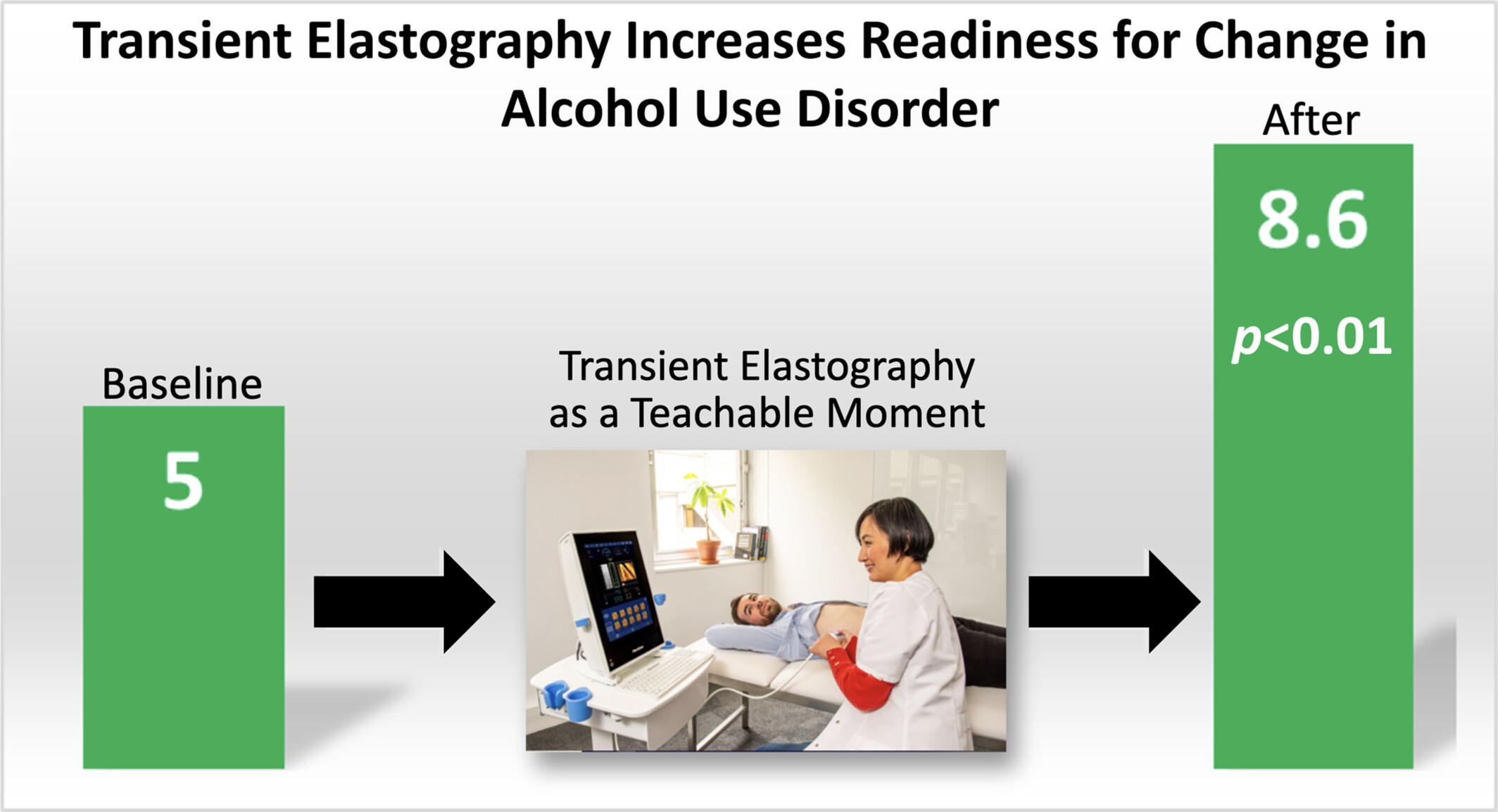
In this prospective, proof-of-concept pilot study of transient elastography as an opportunistic intervention in patients admitted to an addiction unit by assessing changes in validated psychometric scores of alcohol insight and readiness for change. Opportunistic interventions are health events facilitated by healthcare providers that can motivate individuals to adopt risk-reducing behaviours. After transient elastography, there were significant increases in readiness for change scores, but no change in insight.
SYSTEMATIC REVIEW
Ovarian Hormones and Addictive Behaviour Vulnerability: Insights From Preclinical Studies
- First Published: 08 June 2025
COMMENTARY
Toward a Translational Model of Sex-Associated Pavlovian Phenotypes
- First Published: 02 June 2025

Using a validated eye-tracking procedure within a Pavlovian conditioning paradigm in a large human sample, we replicate rodent findings showing that females are more likely to exhibit sign-tracking behaviour, whereas males more often display goal-tracking behaviour. These findings highlight the translational value of animal models and suggest that sex-related differences in incentive salience attribution may play a key role in addiction vulnerability.




